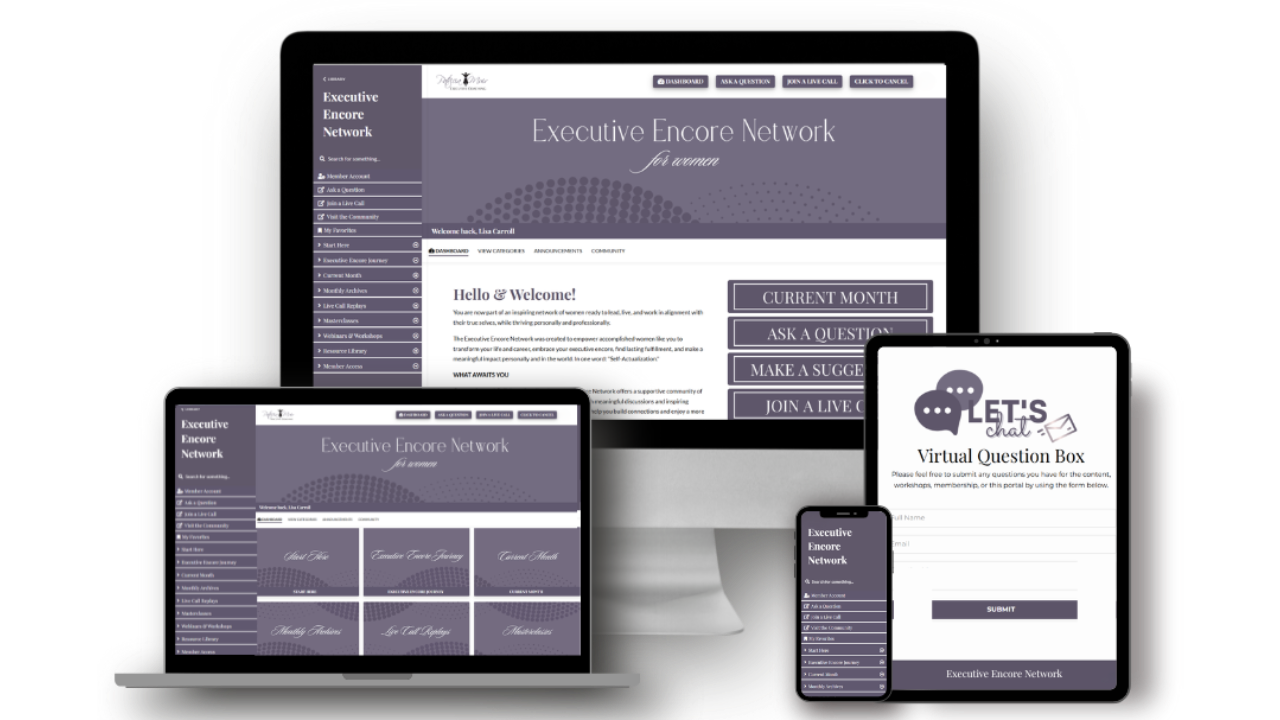
Powerful Ways to Avoid Self-Sabotage
May 27, 2022To show up for our BEST self, we need to take care that our brains do not enable self-sabotage. In my world, that requires emotional self-care. Self-compassion is a constructive act of emotional self-care and understanding how emotion regulation can change our brain at this time is helpful.
Emotion regulation is at the root of preventing self-sabotage. Emotion regulation is the attempt to influence what, when, and how an emotion is experienced. While recognizing a feeling, naming it, and allowing it to happen or to process it is important, regulating our emotions has more nuance. To appreciate this nuance, download and study the mini workbook Emotions Drive Performance: Triggers from Thinking to Results – Predispositions, Self-Handicapping, Self-Sabotage.1
Emotion Regulation – Skills and Techniques
According to Stanford Professor of Psychology James J. Gross, PhD, and the November 2021 research paper 2, we can, and we do regulate both negative and positive emotions. Gross and his fellow researchers put forward that this ability is “a cornerstone of adaptive psychological functioning”, aka “adaptive functioning”.
Adaptive functioning skills are necessary for us to navigate the demands that are placed on us in our environment – in an effective and healthy way.
Likewise, emotional intelligence is an array of non-cognitive capabilities, competencies, and skills that influences our ability to succeed in coping with social and workplace demands and pressures.
Both adaptive functioning and emotional intelligence skills determine our ability to succeed in life and relates to our potential for both performance and enjoyment.
Although seemingly counter-intuitive, emotion regulation techniques can support you in showing up for your BEST self. These techniques include the following:
- Avoidance: If you know a particular situation will trigger emotional distress, don’t put yourself in that situation. Create and enforce emotional boundaries. Curbing social media and news is a good example.
- Focus: Notice your breath or any other repetitive pattern.
- Seek support: Contacting a trusted friend, family member, or support person. Try the phone for a spontaneous and rich flow of emotional sharing. Emojis aren't the same.
- Smile: Even forcing a smile by sticking a pencil between your teeth, can stimulate your amygdala and release “feel good” neurotransmitters 3. Your smile also helps others with their emotion regulation. It’s rare that someone will not return a smile. Spread the “feel good” emotions.
- Physical exercise. For me, a walk in my neighbourhood, can turn an anxious mood into a wondrous and appreciative mood. I’m not sure how, but it does work to support my positive affectivity.
Researchers find that two other techniques, cognitive reappraisal (reframing) and meditation, have lasting impact on our affective style - explained in the previous blog4. These two techniques, when consciously practised and engaged, can intercept the brain’s default of self-sabotage.
Cognitive Reappraisal (Reframing)
Engaging the technique of cognitive reappraisal (reframing) can alter the emotional impact of a situation by changing how you think about the situation. This strategy can lessen negative emotions and increase positive emotions. Reframing is effective and important because it allows you to experience your feelings (including the unavoidable and constructive negative feelings) and increase the psychological benefits of positive feelings.
When we reframe our thoughts about a situation, experience, or stimulus (trigger), we can change our emotional response. When we are aware of our predispositions (our emotional intentions) and consciously reframe as we process cognitive and emotional data (thinking), we can affect the judgments and emotional conclusions (emotions) that we reach. Although this all happens in a split second in our “inner world”, we can change the intensity and duration of the emotion, our response, our subsequent action, and desirable results in our “visible world”. To learn more about the process from emotional triggers through to desirable results, download the mini workbook below 1.
Meditation
Mindfulness meditation—such as Mindfulness Based Stress Reduction (MBSR)5—which focuses on the experience of thoughts, sensations, and emotions by simple observance—has been used in many neuroscientific studies of emotion regulation. Researchers find that:
- Long-term meditators are better able to accept their emotions and move forward in a healthy way.
- Short-term (8-week) MBSR training increased the functional connectivity between the amygdala and the ventromedial prefrontal cortex, and the ability to regulate emotions 6.
Other Strategies
In addition to the skills and techniques presented above, there are other strategies to counter self-sabotage and show up for your BEST self:
- Spot the warning signs. With deep personal work and referencing the list of self-handicapping behaviours in the mini workbook 1 and previous blog 4, you will get to know your triggers and behaviours that lead to self-sabotage. Develop an "early warning" system. Be prepared.
- State your goals. Become clear about your desired results and outcomes in situations and relationships including the relationship with yourself.
- Develop your automatic emotional response system. Be proactive with a catalogue of responses that you curate in alignment with your best interests.
- Work toward mastering a domain that you value. Mastering a domain that you value contributes to Self-Perception with links to Self-Regard, Self-Awareness, and Self-Actualization.
- Consciously seek equanimity. Cultivate a calm disposition and be “unflappable”.
Are you ready to work with a qualified coach to help you develop skills, techniques, and strategies that work best for you. Start with your 90-Day EQ Mini-Plan
When you are ready for the deep work on serving your BEST self, the effort is worth it: YOU are worth it. If I can assist, please let me know.
Would you like to explore the connections I make with this topic and emotional intelligence? You can reach me on LinkedIn. Or click to Get in Touch.
- Receive Maestro's Encore blog in your inbox with VIP content and offers to accelerate your emotional well-being and resilience. Start with your 90-day EQ Mini Plan or the mini workbook Emotions Drive Performance: Triggers from Thinking to Results
- Check out the THRIVE in Work and LifeTM programs.
- Check out the online mini-course Your Building Blocks to Emotional Well-Being and Resilience.
- Follow connections and references to emotional intelligence by investing in your own copy of The EQ Edge - Emotional Intelligence and Your Success, Steven J. Stein, PH.D. and Howard E. Book M.D.
Resources:
- Mini workbook Emotions Drive Performance: Triggers from Thinking to Results – Predispositions, Self-Handicapping, Self-Sabotage
- Stanford Professor of Psychology James J. Gross, PhD, November 2021 research paper, Assessing Emotion Regulation Ability for Negative and Positive Emotions: Psychometrics of the Perth Emotion Regulation Competency Inventory in United States Adults
- Feeling glum? Turn that Frown upside down by sticking a PENCIL between your teeth!, The Mail, UK Health/Health News
- How Our Brains Enable Self-Sabotage, Encore Blog, May 20, 2022
- Mindfulness Based Stress Reduction (MBSR), Wikipedia
- Impact of short- and long-term mindfulness meditation training on amygdala reactivity to emotional stimuli, NeuroImage, November 2018
Next Steps
You don’t need to navigate your Executive Encore alone. Discover a better way to take charge of your experience.
- Schedule a 30-Minute Complimentary Executive Encore Call.
Ready to elevate your encore chapter?
- Join the Executive Encore Network for Women, a membership and community of supportive women ready to inspire and uplift. Subscribe to the Sunday Encore to begin your Executive Encore Journey and register for the next Tour to learn more.


